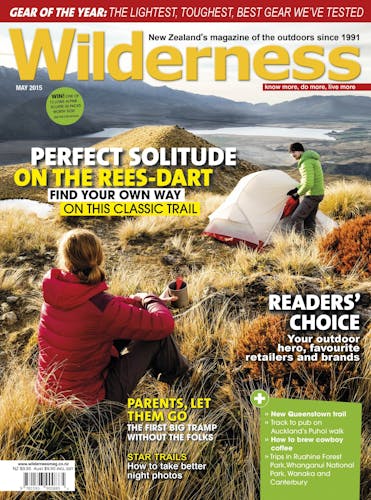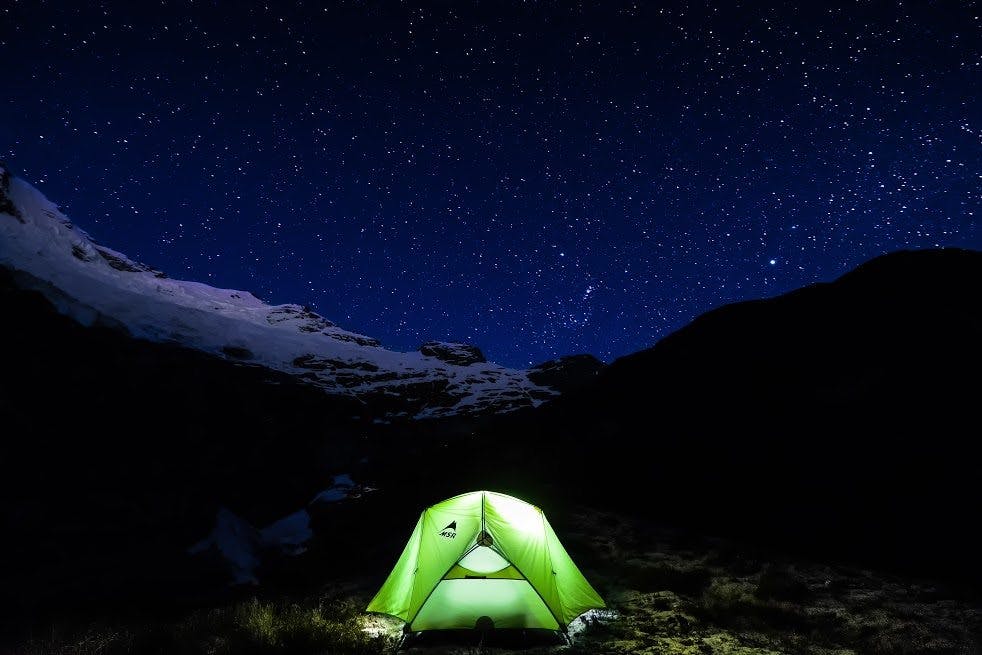Dennis Radermacher shares his top tips for taking the perfect photo once the sun has set
New Zealand is one of the top spots in the world for stargazing. Jump in your car, drive out of town for an hour and your chances of seeing an amazing night sky could not be better.
Things get a little trickier if you want to capture the Southern Cross, the Milky Way and maybe even your tent in a photo. Here is how you go about it.
Preparation
- Choose a spot with minimal light pollution. Tekapo, one of only 40 Dark Sky Reserves in the world, is perfect
- Moonlight washes out starlight so avoid full moons and if it’s visible, keep it out of your frame
- Research the visibility and location of planets and constellations using websites like skymap.com
Gear
- Use a tripod
- Light is key – use a DSLR or mirrorless camera with a large sensor
- Use a wide aperture lens to gather more light. Apertures between f2 and f4 are common. The smaller the number, the better
- Use a remote release or your camera’s timer to avoid camera shake
When you’ve found yourself a dark place on a clear night and your camera is in place, the first thing you want to do is set your camera in manual mode
- Set your aperture as wide open as possible (small f number)
- Start with an exposure of 30 seconds, lower as required to avoid star-trails.
- Adjust your ISO value to 1600 or 3200. You want to keep it as low as possible while still getting decent results – too high and you’ll get lots of ‘noise’
- Auto-focus won’t work at night. Change your DSLR to live view, set your focus for infinity and aim for a star. Take a few test shots and adjust focus until you’re satisfied
- Disable noise reduction in your camera’s menu
- Disable all optical image stabilisation
Once you’ve mastered this technique, try including the terrain or a tent in the scene. Put a torch on its lowest setting in a plastic bag to diffuse the light inside your tent, or try light-painting the terrain, explore reflections in lakes or include the navy-blue afterglow of a sunset.
Just remember to take a step back occasionally to enjoy the view.








